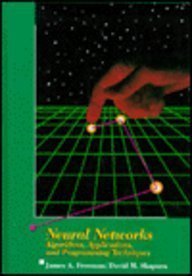FractionalRadix commented on React Quickly, Second Edition by Azat Mardan
Chapter 10 covers the useContext hook, the useReducer hook, and custom hooks. It also provides links to online collections of custom hooks, including hooks that help make websites accessible.






